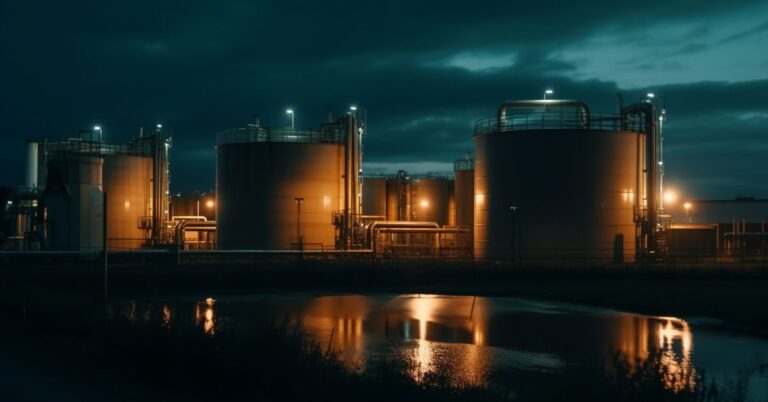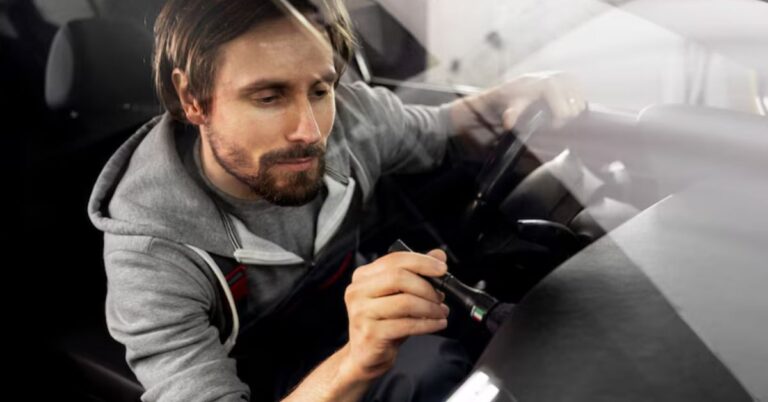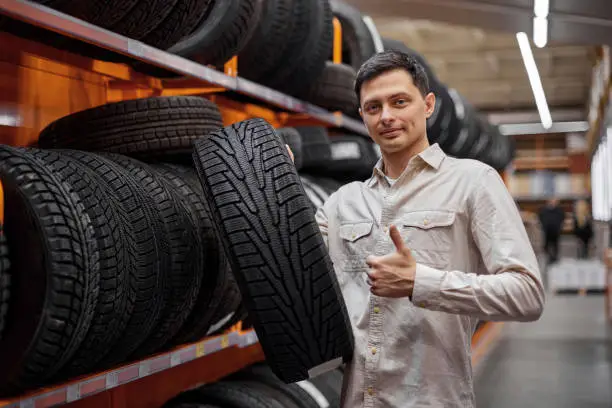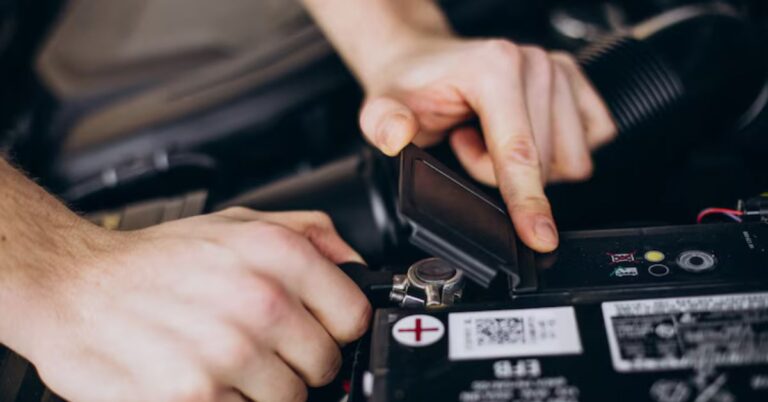Ceramic Coating Car Benefits for Long-Lasting Paint Protection
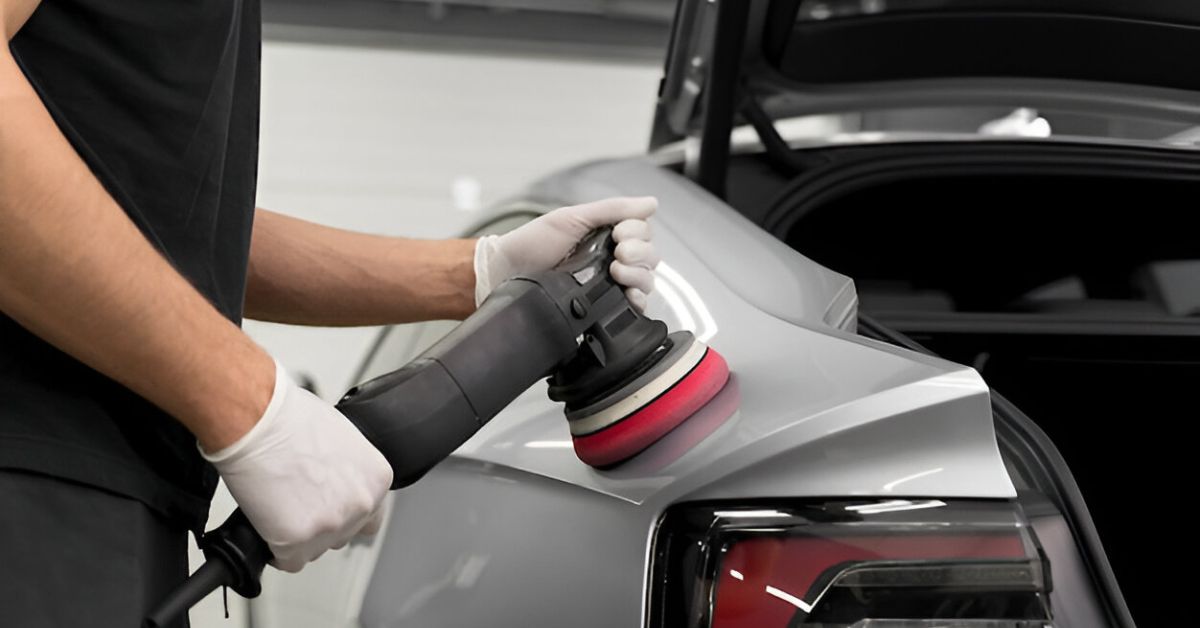
Ceramic coating is a liquid polymer that bonds to a car’s paint, creating a durable layer to protect against dirt, UV damage, and minor scratches. It offers longer-lasting protection than traditional waxes by chemically bonding to the paint, making the vehicle easier to clean and maintain. This makes it appealing to those who want to preserve their car’s appearance with less effort over time.
While ceramic coating can provide strong protection, its value depends on how the vehicle is used and maintained. It is not necessary for every car or owner, but for many, it offers meaningful benefits that justify the investment. Understanding how ceramic coating works and its realistic advantages helps drivers make informed decisions about whether it fits their needs.
Understanding Ceramic Coating for Cars
Ceramic coating car creates a durable, protective layer over a vehicle’s paint. It offers long-lasting resistance to environmental factors and improves ease of cleaning. Different types of coatings vary in chemical composition and durability, making it important to understand their differences. Its properties also differ significantly from traditional waxes in terms of longevity and protection.
What Is Ceramic Coating?
Ceramic coating is a liquid polymer applied to a car’s exterior. It chemically bonds with the paint’s clear coat, creating a hard, protective surface. This coating is designed to safeguard against contaminants, minor scratches, and UV damage.
The coating adds a glossy finish that enhances color depth. It also creates a hydrophobic effect, causing water and dirt to bead and slide off more easily than untreated paint. Typically, ceramic coatings last several years, unlike waxes that last weeks or months.
How Ceramic Coating Works
Once applied, the coating cures and forms a hard layer bonded at a molecular level. This layer resists chemical stains, oxidation, and UV rays that can fade and erode paint. The chemical bond means it won’t wash away or degrade with simple rinsing.
The coating’s hydrophobic properties repel water, reducing water spots and making washing faster. It also helps prevent contaminants like bird droppings, tree sap, and road grime from bonding strongly to the surface. Regular maintenance is still required, but less effort is needed compared to uncoated paint.
Types of Ceramic Coatings
There are several types, varying in hardness, thickness, and additives like graphene. Most common are:
- Basic coatings: Offer solid protection and gloss, usually lasting 2-3 years.
- Professional/advanced coatings: Thicker with enhanced durability, lasting 5 years or more.
- Graphene-infused coatings: Provide improved scratch resistance and heat dissipation.
The choice depends on budget, desired protection level, and vehicle usage. Some coatings require professional application, while others are suitable for DIY.
Ceramic Coating vs. Traditional Waxes
Traditional waxes create a thin protective layer that lasts weeks or months. They provide initial gloss but wear off quickly due to washing and exposure. Waxes need repeated application.
Ceramic coatings chemically bond to paint, providing multi-year protection without constant reapplication. They offer better resistance to scratches, UV damage, and chemical stains. Coatings also create a smoother, slick surface that improves water repellency far beyond what waxes can achieve.
| Feature | Ceramic Coating | Traditional Wax |
| Durability | 2-5 years or more | Several weeks to months |
| Protection Level | High (scratches, UV, stains) | Moderate (surface gloss, basic protection) |
| Maintenance | Less frequent, easier wash | Frequent reapplication |
| Cost | Higher upfront | Lower initial cost |
Benefits and Application Process
Ceramic coating offers a durable layer of protection that enhances a vehicle’s appearance and simplifies upkeep. It delivers specific functional benefits tied to paint preservation, water repellency, and user-applied options with defined maintenance needs.
Long-Term Paint Protection
Ceramic coating creates a hard, chemical-resistant layer on top of automotive paint. This layer shields the paint from UV damage, chemical stains, oxidation, and minor scratches. The coating typically lasts between 1 to 5 years, depending on the product quality and application technique.
Because it bonds at a molecular level, it resists wear better than traditional waxes and sealants. Regular application of wax cannot match this durability, which reduces the need for frequent repainting or polishing. However, the condition of the paint before coating is crucial; surface imperfections must be corrected prior to application.
Hydrophobic and Self-Cleaning Properties
One of the key features of ceramic coating is its hydrophobic surface, which repels water efficiently. This causes water to bead up and slide off, carrying dirt and grime with it. The effect reduces the frequency and intensity of cleaning sessions.
The self-cleaning property also limits the accumulation of contaminants like bird droppings, road salts, and industrial fallout. While it does not make the vehicle completely maintenance-free, it facilitates easier cleaning and preserves the paint’s clarity longer than uncoated surfaces.
Professional vs. DIY Application
Professional application involves thorough cleaning, paint correction, and precise coating methods involving controlled environment conditions. Professionals ensure even coverage, curing time, and layering for optimal durability. This method can be costly but guarantees the best results and longevity.
DIY kits are available and cost-effective for enthusiasts willing to invest time. They require careful preparation and meticulous application since uneven layers or contamination can impair the coating’s effectiveness. DIY users must follow strict instructions and allow curing periods, but the results may not match professional standards.
| Aspect | Professional | DIY |
| Surface Preparation | Extensive paint correction | Basic cleaning |
| Application | Controlled, precise | User-dependent |
| Cost | Higher | Lower |
| Durability | 3-5 years or more | 1-3 years, variable |
Maintenance After Application
After ceramic coating is applied, regular maintenance involves gentle washing with pH-neutral car shampoos. Harsh chemicals, abrasive brushes, and automatic car washes with strong detergents should be avoided as they can degrade the coating.
Reapplication of booster products or detail sprays designed for ceramic coatings can help maintain hydrophobic properties and gloss. However, deep scratches or swirl marks require professional correction, as the coating does not self-repair. Maintaining a consistent cleaning routine extends the coating’s lifespan and preserves vehicle appearance.

